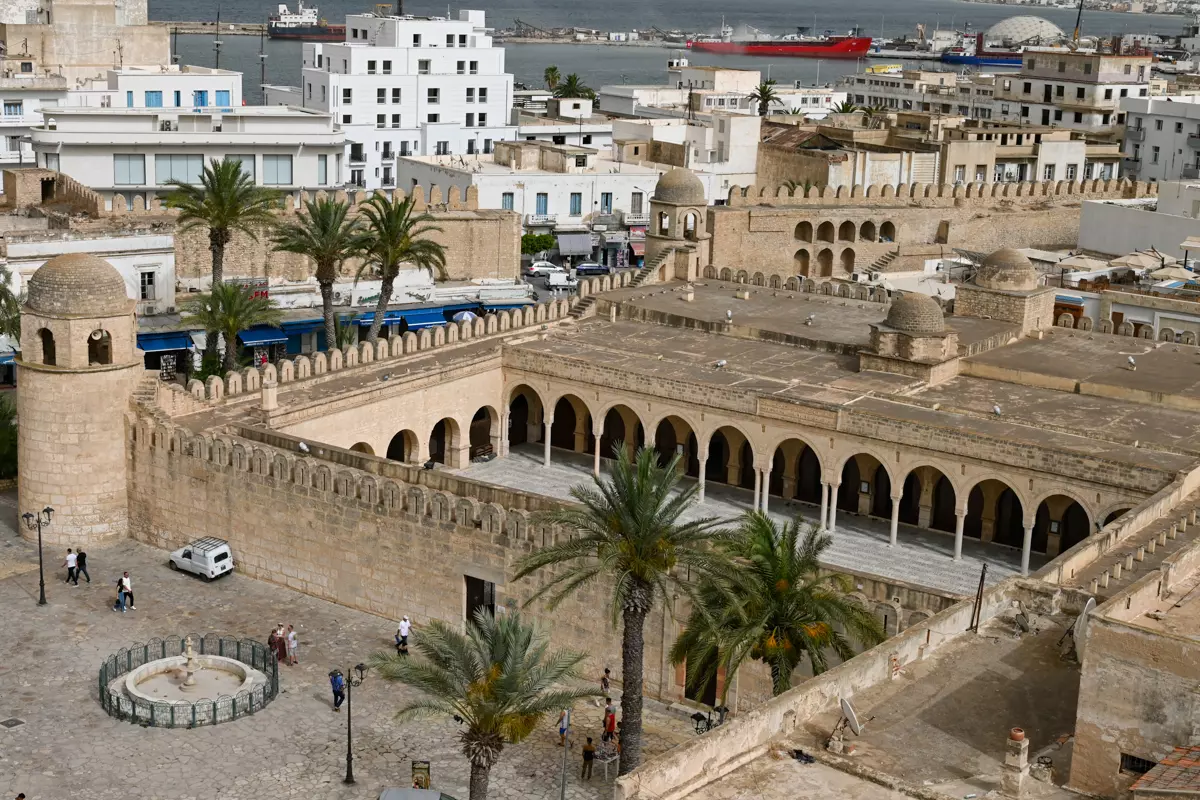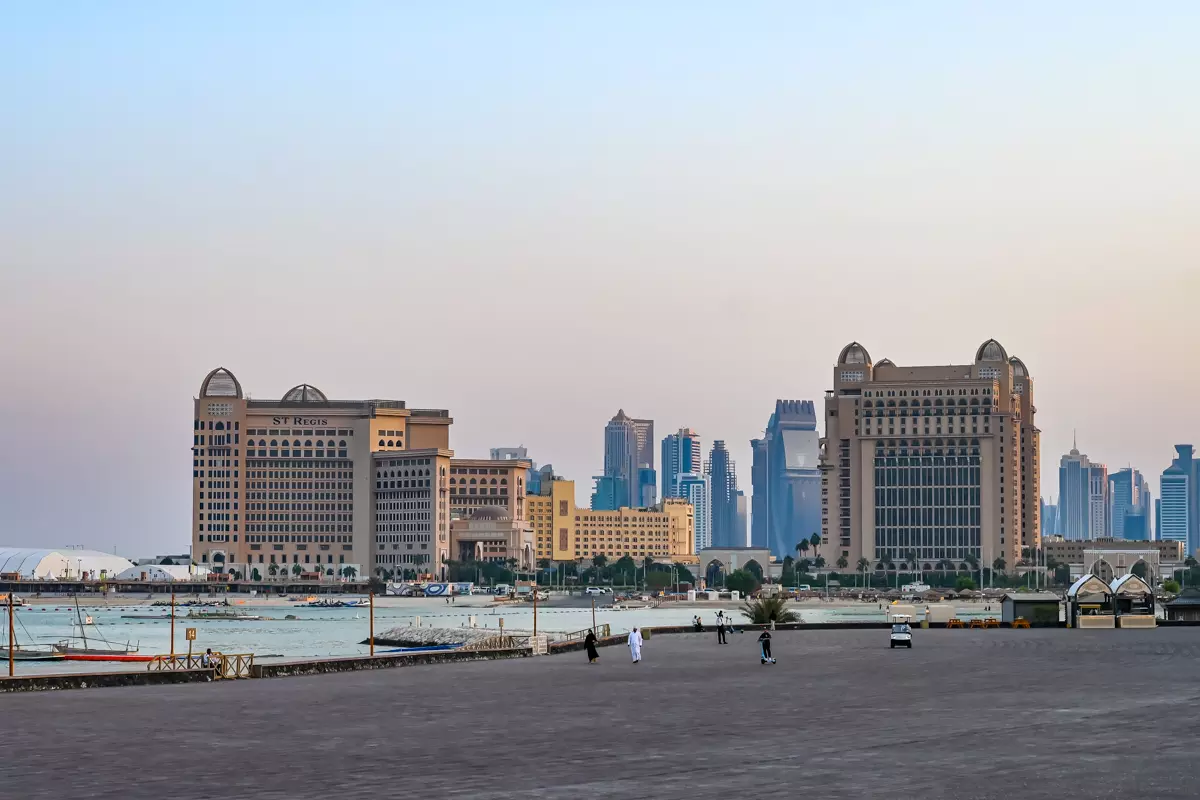Tunisia
Tunisia offers a captivating blend of history, culture, and natural beauty. From the ancient ruins of Carthage to the vibrant medinas of Tunis, the country invites travelers to explore its rich heritage. The golden sands of the Sahara Desert stretch across the landscape, creating a stunning contrast with the Mediterranean coastline. In towns like Sidi Bou Said, whitewashed buildings with blue doors provide a picture-perfect backdrop. Whether you’re wandering through bustling souks or relaxing in luxury beach resorts, Tunisia has something for every traveler.

Average Temperature
Tunisia’s climate varies significantly between its coastal and inland regions, offering travelers different experiences depending on where they visit. Along the northern coast, a Mediterranean climate prevails, characterized by hot, dry summers and mild, rainy winters. During the summer months, from June to August, temperatures can soar up to 35°C (95°F), especially in the interior regions, while the coastal areas enjoy slightly cooler conditions thanks to the refreshing sea breeze. In winter, from December to February, the average temperatures along the coast remain around 15°C (59°F), but it can drop significantly in the desert regions, particularly during the night.
In the southern part of Tunisia, where the Sahara Desert dominates, the climate is more arid. The temperatures can exceed 40°C (104°F) in the peak of summer, making it challenging for outdoor activities. Rainfall is sparse and mainly occurs in the northern regions between October and March, with the southern areas seeing very little precipitation.










